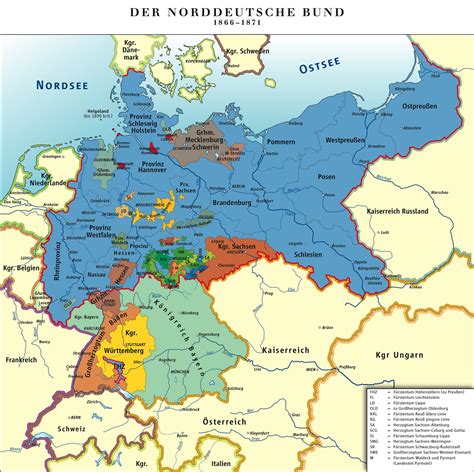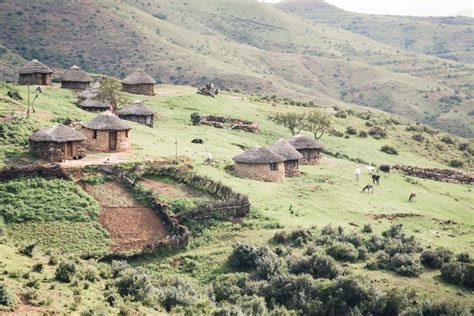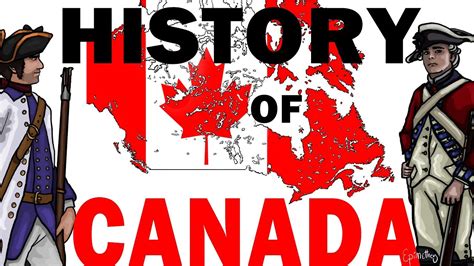Explore the history of Nicaragua from pre-colonial times to the present day, including the Spanish conquest, independence, politics, and the modern era.
Pre-Colonial Nicaragua
Contents
Nicaragua, before the arrival of the Spanish conquistadors, was home to several indigenous tribes and communities, each with their own distinct culture and customs. The most notable of these were the Nahuatl-speaking peoples, including the Pipil and the Nicarao, who inhabited the region known as Nicaragua centuries before Europeans set foot on its shores. These indigenous communities were skilled in agriculture, pottery, and other crafts, and they established complex social and political structures.
Their settlements were located in fertile valleys, and they developed sophisticated farming techniques to cultivate maize, beans, and other crops. They also engaged in trade with neighboring tribes, exchanging goods such as cacao, precious metals, and textiles. The natural landscape of Nicaragua, with its volcanoes, lakes, and rivers, played a crucial role in shaping the lives of the indigenous peoples, influencing their mythology, religious practices, and everyday activities.
Throughout this period, the indigenous tribes of Nicaragua left a lasting mark on the region through their art, language, and traditions. Their legacy continues to be celebrated and preserved by modern-day Nicaraguans, who proudly honor their ancestors’ heritage and contributions to the country’s rich cultural tapestry.
In addition to the Nahuatl-speaking communities, Nicaragua was also inhabited by other indigenous groups, such as the Miskito, Sumo, and Rama peoples, who lived in the eastern coastal regions of the country. These diverse tribes thrived in the lush rainforests and along the Caribbean coast, where they developed unique customs and belief systems that were distinct from those of their western counterparts. The pre-colonial era in Nicaragua was characterized by a mosaic of different indigenous societies, each with its own distinct way of life and traditions.
Spanish Conquest and Colonization
Spanish Conquest and Colonization of Nicaragua began in the early 16th century when the Spanish explorers arrived in search of gold and other resources. The first European contact was in 1502, when Christopher Columbus reached the Caribbean coast. During the conquest, the Spanish encountered resistance from the indigenous peoples, but ultimately succeeded in establishing control over the region.
The Spanish colonization of Nicaragua had a profound impact on the indigenous populations. The Spanish imposed their religious and social customs on the native people, leading to the rapid decline of indigenous cultures. Many indigenous people were forced into labor or converted to Christianity, and their traditional ways of life were disrupted.
One of the key figures in the Spanish conquest and colonization of Nicaragua was Francisco Hernández de Córdoba, who founded the city of Granada in 1524. The city became an important center of Spanish power and influence in the region. The Spanish also established other settlements and missions throughout the country, further extending their control over the indigenous populations.
Despite the Spanish efforts to consolidate their power, there were frequent uprisings and revolts by the indigenous people against their colonial oppressors. One notable rebellion was led by the indigenous leader, Diriangén, who fiercely resisted Spanish rule. However, the Spanish ultimately prevailed, and their dominance over Nicaragua was firmly established.
Independence and Early Republic
The Independence of Nicaragua from Spanish rule was declared on September 15, 1821, as part of the Central American provinces. However, it wasn’t until 1838 that Nicaragua officially became an independent republic. This period marked the beginning of political instability and power struggles within the country. The rivalry between the conservative and liberal factions led to frequent civil wars and conflicts, shaping the early years of the Nicaraguan republic.
Following independence, Nicaragua experienced a series of military dictatorships and civil unrest. The country’s economy was heavily reliant on agrarian exports, particularly coffee and bananas, which were mainly controlled by foreign companies. The unequal distribution of wealth and widespread poverty created social tensions that exacerbated the political turmoil during this time.
The rise of influential leaders such as Jose Santos Zelaya and the participation in the United States’ interventions in the region further contributed to the volatile nature of Nicaraguan politics. The struggle for power and influence over the Central American region resulted in the filibuster expeditions and foreign interference in Nicaragua’s internal affairs.
Despite the challenges faced during the early years of the republic, Nicaragua made significant strides in infrastructure development and economic modernization. The construction of the transoceanic railway and the expansion of trade routes facilitated the growth of the country’s economy, albeit under the influence of foreign investments.
In conclusion, the period following independence and the establishment of the early Nicaraguan republic was marked by political instability, economic dependency, and social inequality. The struggles for power and control over the country’s resources shaped the trajectory of Nicaragua’s development during this formative era, laying the groundwork for the challenges that would be faced in the years to come.
20th Century Politics and Revolution
20th Century Politics and Revolution
Throughout the 20th century, Nicaragua experienced significant political upheaval and revolutionary movements that shaped the country’s modern history. The period saw the rise of influential political figures, such as Augusto Cesar Sandino and the Sandinistas, as well as the intervention of foreign powers that further fueled the turmoil.
The 20th century in Nicaragua was marked by the overthrow of the long-standing Somoza regime and the subsequent Sandinista revolution. The country’s politics were deeply impacted by the struggle for power between various factions, leading to widespread social and economic instability.
Amidst the political turmoil, the Nicaraguan people fought for social justice and equality, leading to significant changes in the country’s political landscape. The revolution of the 1970s and 1980s had a profound impact on Nicaragua’s governance and social structure, ultimately shaping the nation’s future trajectory.
Foreign intervention and geopolitical interests further complicated the political situation in Nicaragua during the 20th century. The involvement of the United States and other global powers added a layer of complexity to the country’s revolution and political struggle, highlighting the interconnectedness of global politics.
In the 21st century, Nicaragua continues to grapple with the legacy of its tumultuous 20th-century history. The political and social changes that took place during this period have left a lasting impact on the country, shaping its identity and trajectory in the modern world.
Nicaragua in the 21st Century
Nicaragua in the 21st Century has been marked by political unrest, economic challenges, and social upheaval. In the early 2000s, the country faced significant issues related to poverty, corruption, and human rights violations, leading to widespread protests and civil unrest. The government’s response to these protests further escalated tensions, resulting in a deepening political crisis.
Amidst this turmoil, Nicaragua has also struggled to address environmental issues, such as deforestation and water pollution. Rapid urbanization and industrial development have taken a toll on the country’s natural resources, leading to concerns about sustainability and ecological balance.
Furthermore, Nicaragua has grappled with the effects of climate change, experiencing extreme weather events and natural disasters that have negatively impacted its population and infrastructure. These challenges have tested the country’s ability to adapt and respond to the evolving global climate crisis.
Despite these difficulties, Nicaragua has shown resilience and determination in the face of adversity. Civil society organizations, grassroots movements, and international partners have worked to address the country’s most pressing issues and support initiatives aimed at fostering sustainable development, human rights, and democratic governance.
As Nicaragua continues to navigate the complexities of the 21st century, the country is confronted with a pivotal moment in its history, one that will shape its future trajectory and determine the legacy it leaves for generations to come.














